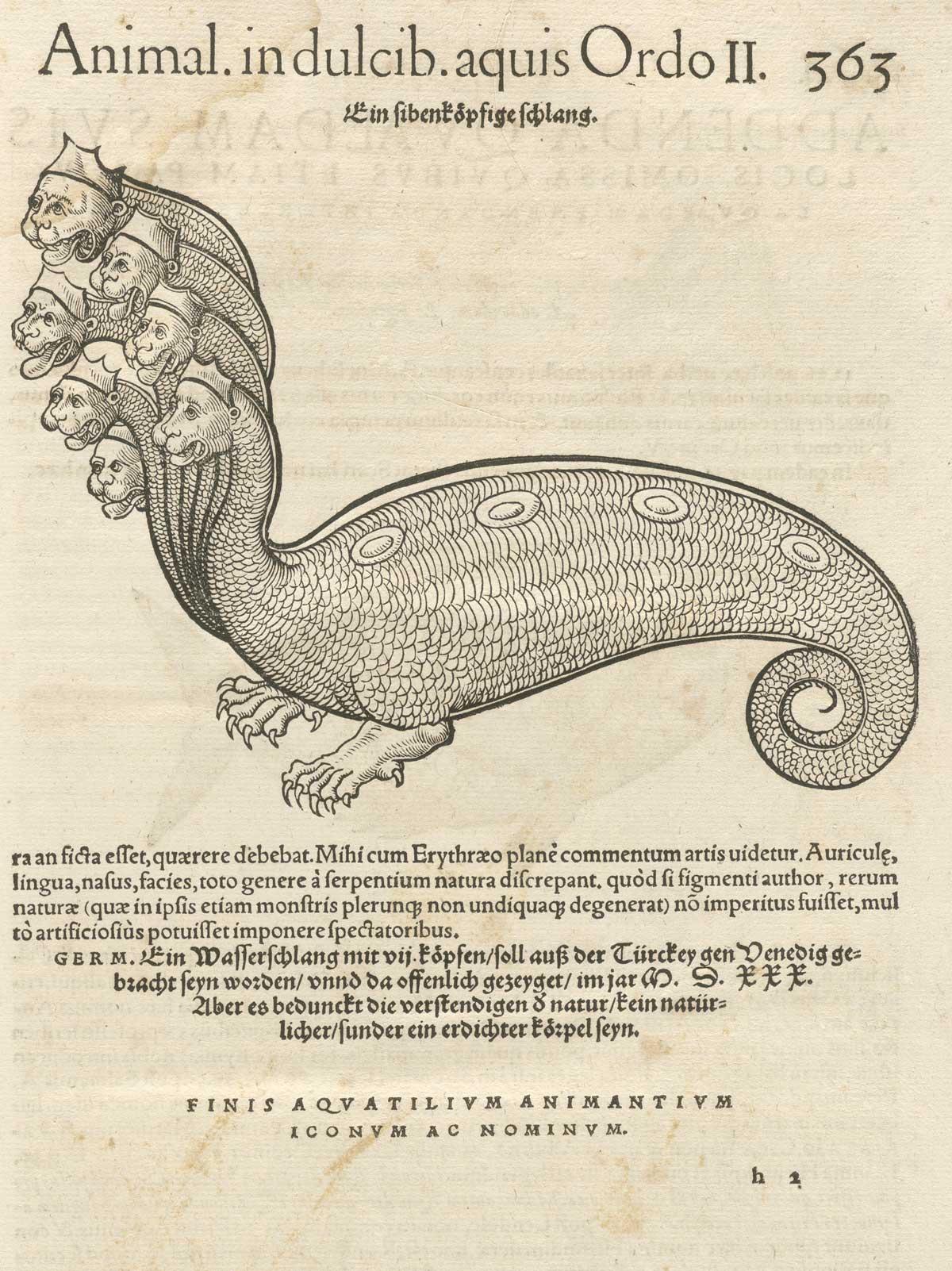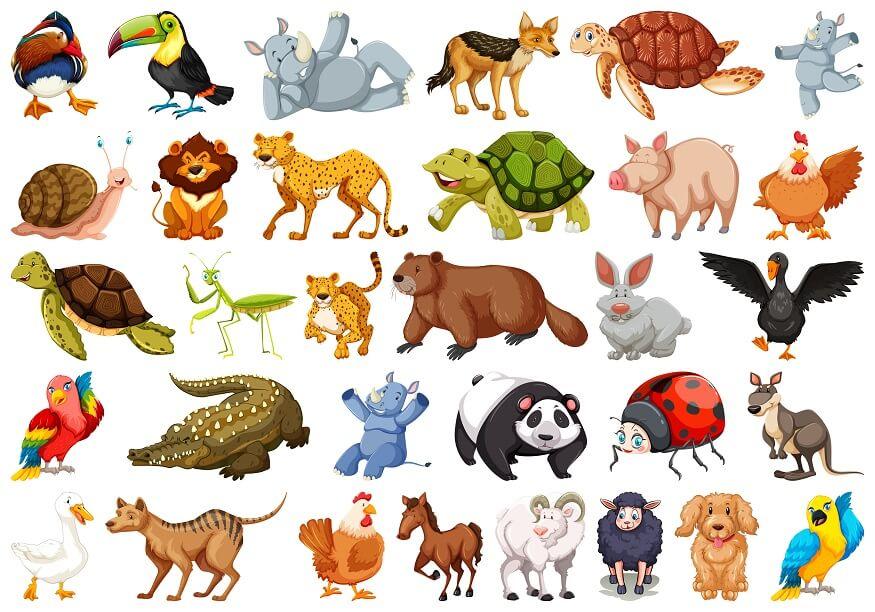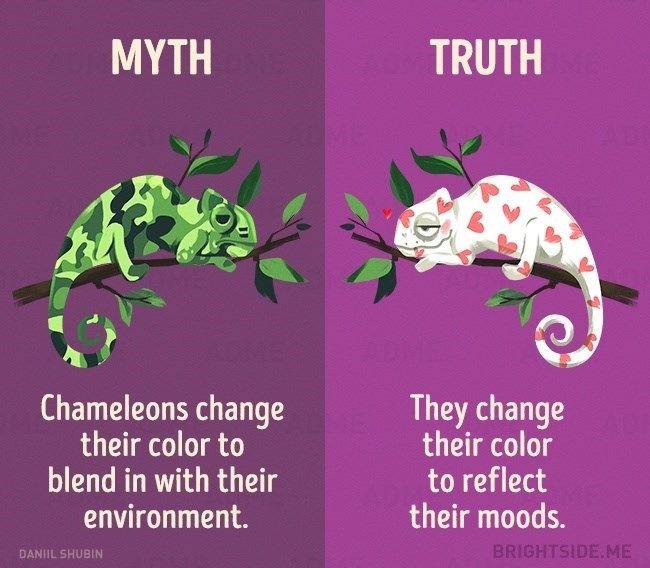Throughout the ages, the world has been a tapestry woven with the threads of myth and legend, each culture crafting its unique narrative shaped by the creatures that inhabit its landscape. From the majestic eagle soaring high in the sky to the cunning fox hiding in the underbrush, animals have inspired stories that resonate with humanity’s deepest fears, hopes, and aspirations. As we traverse continents and delve into the oral traditions and written texts passed down through generations, we uncover a rich mosaic of beliefs and tales that reflect the values and worldviews of diverse societies. This exploration invites us to consider not only the profound connections between humans and animals but also the lessons embedded in these age-old stories. By understanding the myths and legends that feature our animal counterparts, we gain insight into the cultural psyche and the enduring bond between nature and mankind. Join us on this journey as we uncover the fascinating narratives of animal mythology that continue to shape our understanding of the world around us.
Table of Contents
- Understanding the Origin of Animal Myths in Diverse Cultures
- The Role of Animals in Folklore and Their Cultural Symbolism
- Lessons from Animal Legends: Morals and Values Across Societies
- Preserving Animal Myths: Combating Modern Threats to Cultural Heritage
- In Summary
Understanding the Origin of Animal Myths in Diverse Cultures

Animal myths have served as a profound reflection of the beliefs, values, and environmental observations within various cultures. These stories often arise from the shared experiences of communities in relation to the animals they encounter. For example, in many Indigenous cultures, the wolf symbolizes loyalty and intelligence, often portrayed in legends as a wise guide or protector. Similarly, in African folklore, the trickster figure of the spider embodies cunning and resourcefulness, illustrating the value placed on adaptability. Such narratives allow us to grasp not only the characteristics attributed to these animals but also the moral lessons that societies have cherished across generations.
Furthermore, the convergence of animal myths across cultures reveals how humanity has sought to interpret nature and its mysteries. Key aspects include:
- Symbolism: Animals often represent attributes or virtues, such as the eagle symbolizing freedom and vision in Native American cultures.
- Cautionary Tales: Many myths serve as warnings, such as the fable of the tortoise and the hare, conveying the importance of patience and diligence.
- Cultural Identity: Animals frequently feature in creation myths, like the bear in many Asian cultures, reflecting the deep-seated connection between the people and their environment.
To help visualize these connections, consider the following table that highlights a few animal myths from around the globe:
| Animal | Culture | Symbolism |
|---|---|---|
| Fox | Japanese | Intelligence and cunning |
| Tiger | Chinese | Strength and power |
| Owl | Greek | Wisdom and foresight |
The Role of Animals in Folklore and Their Cultural Symbolism

Throughout history, animals have served as profound symbols in various cultures, embodying attributes that reflect human experiences and morals. Folklore often casts animals as protagonists or wise guides, such as the cunning fox in European tales or the noble lion in African stories. These creatures frequently represent fundamental virtues: the fox symbolizes intelligence and adaptability, while the lion denotes courage and strength. Such representations illustrate how societies have anthropomorphized animals, weaving them into narratives that convey ethical lessons and cultural values.
The cultural significance of animals spans continents, with different societies ascribing unique meanings to each species. For instance, in many Native American cultures, the eagle is revered as a messenger between the earthly realm and the divine, a symbol of vision and freedom. In contrast, the serpent often embodies duality, representing both wisdom and danger across numerous myths worldwide. Below is a table that highlights various animals and their corresponding cultural meanings:
| Animal | Cultural Meaning |
|---|---|
| Wolf | Community, Loyalty |
| Owl | Wisdom, Intuition |
| Elephant | Strength, Memory |
| Raven | Magic, Transformation |
By delving into the rich tapestry of animal myths, one uncovers not only the diversity of global cultures but also the universal themes that connect humanity. The stories we tell about animals often reflect our deepest fears, aspirations, and the lessons we learn through life’s journey, showcasing the enduring bond between humans and the animal kingdom.
Lessons from Animal Legends: Morals and Values Across Societies
Throughout history, animal myths and legends have acted as moral compasses, encapsulating the values and lessons that societies hold dear. From the sly cunning of the fox in European folklore to the wise tortoise in African tales, animals often embody traits that reflect human virtues and vices. These stories serve not only to entertain but to enlighten, offering guidance on ethics, resilience, and the importance of community. This common thread across cultures reveals how societies utilize anthropomorphism to communicate complex moral lessons in a way that resonates with people of all ages.
Consider, for example, the following traits often attributed to different animals in global folklore:
| Animal | Trait | Culture |
|---|---|---|
| Fox | Cunning | European |
| Tortoise | Wisdom | African |
| Lion | Courage | Asian |
| Owl | Keen Insight | Native American |
This table illustrates how common animal archetypes transcend geographical boundaries while conveying universal truths about life. By interpreting these legends, we find a rich tapestry of morals that not only educate but also forge connections between cultures, suggesting that despite our differences, we share fundamental human experiences and beliefs.
Preserving Animal Myths: Combating Modern Threats to Cultural Heritage
Globally, animal myths reflect the rich tapestry of indigenous legacies, yet these cultural treasures are increasingly vulnerable to modern threats. Rapid urbanization, climate change, and the spread of digital media often overshadow traditional narratives, risking the erasure of unique folkloric stories. For many communities, these myths are not merely fanciful tales but serve crucial roles in preserving their identities, morals, and environmental wisdom. To combat these threats, it is essential to develop community-driven initiatives aimed at revitalizing and promoting these stories. Some effective strategies include:
- Storytelling Workshops: Engaging the youth in storytelling enhances cultural transmission.
- Education Programs: Integrating folklore into school curricula helps keep myths alive.
- Digital Archives: Creating online repositories ensures accessibility and preservation of myths for future generations.
Additionally, collaborative efforts between local and global organizations can pave the way for a comprehensive approach to preserving animal myths. Community leaders can collaborate with anthropologists and conservationists to foster awareness of the associated environmental messages embedded in these tales. Highlighting the significance of animal myths can reshape public perception and bolster conservation initiatives. For reference, the table below outlines examples of endangered animal myths and their geographical origins:
| Animal | Myth | Region |
|---|---|---|
| Polar Bear | Spirits of the Arctic | Inuit Cultures |
| Elephant | Guardians of the Jungle | Asian Folklore |
| Wolf | Spirit Leaders of the Pack | Native American Tribes |
In Summary
As we journeyed through the rich tapestry of global cultures, we discovered that the myths and legends surrounding animals serve as powerful reflections of the human experience. From the cunning foxes of European folklore to the revered elephants of Asian traditions, these stories reveal the deep-seated values, fears, and aspirations of societies across the world. They invite us to reflect on our own relationships with the animal kingdom, prompting questions about respect, conservation, and coexistence.
In exploring these tales, we have not only unearthed the wisdom that lies within them but also forged connections with the diverse ways that different cultures interpret the natural world. Mythical creatures, revered guardians, and cautionary figures all play vital roles in weaving the narratives that shape our understanding of both ourselves and the animals that share our planet.
As we close this exploration, let us carry forward the knowledge gleaned from these stories, recognizing that they are not merely relics of the past but living narratives that continue to influence our perceptions today. The legends we’ve uncovered remind us of the timeless interplay between humanity and the animal realm, urging us to adopt a more profound respect for the biodiversity that enriches our lives. In this ongoing dialogue between culture and nature, we are reminded of our shared journey on this planet—an adventure that is, in many ways, still unfolding.



